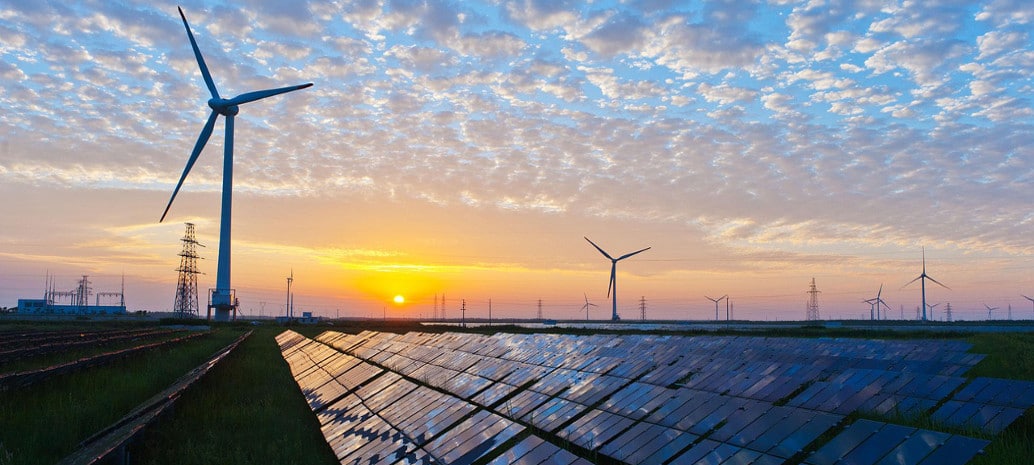Tumbling solar prices have been a mainstay in the PV industry over the past year, plunging faster than many observers expected and prompting serious questions of how low prices can actually go.
The International Renewable Energy Agency (IRENA) believes that it has an answer to that thorny question: 60% lower than today’s prices within a decade.
In a new report, IRENA forecasts annual installations to reach between 80 and 90 GW next year, maintaining that rate of growth for five-to-six years, said IRENA director general Adnan Z. Amin. These figures exceed the more conservative outlook offered by the International Energy Agency (IEA), which forecasts a more measured annual tally of 73 GW next year.
According to Amin, who spoke to Reuters following the report, a total of 90 GW is not so far-fetched, nor far away. “China alone can do 50 GW a year,” he said. “In the next decade, the cost of utility-scale solar could fall by 60% or more.”
Prominent support acts to China’s stage-stealing solar show include India and the U.S., while the ASEAN region is likely to achieve its goal of generating 23% of its power from renewables by 2025, Amin said, despite solar’s current share in the energy mix of this region stalled at ‘negligible’.
Key to this wider adoption will be continued cost declines. IRENA’s 60% figure is calculated on expected improvements in solar technology, particularly thin films that will drive the BIPV sector. Currently, such flexible applications are prohibitively expensive.
A further 60-70% fall in the cost of batteries will also offer solar a timely boost between now and 2027, Amin stressed.
On the subject of President Trump and the Section 201 case, Amin remarked that it is rarely a good idea to protect an industry with punitive tariffs. “In the long term you want to drive down the cost of energy, not have high prices,” Amin said.
If the U.S. was to introduce tariffs against solar imports, the subsequent price rise could limit deployment and put the country at odds with the trend evident in the rest of the world; namely, a race towards even lower costs. Earlier this month the world’s lowest price was recorded in Saudi Arabia, where French firm EDF headed a consortium that won a tender to develop a large-scale solar project for just $0.0178/kWhU
This content is protected by copyright and may not be reused. If you want to cooperate with us and would like to reuse some of our content, please contact: editors@pv-magazine.com.








By submitting this form you agree to pv magazine using your data for the purposes of publishing your comment.
Your personal data will only be disclosed or otherwise transmitted to third parties for the purposes of spam filtering or if this is necessary for technical maintenance of the website. Any other transfer to third parties will not take place unless this is justified on the basis of applicable data protection regulations or if pv magazine is legally obliged to do so.
You may revoke this consent at any time with effect for the future, in which case your personal data will be deleted immediately. Otherwise, your data will be deleted if pv magazine has processed your request or the purpose of data storage is fulfilled.
Further information on data privacy can be found in our Data Protection Policy.